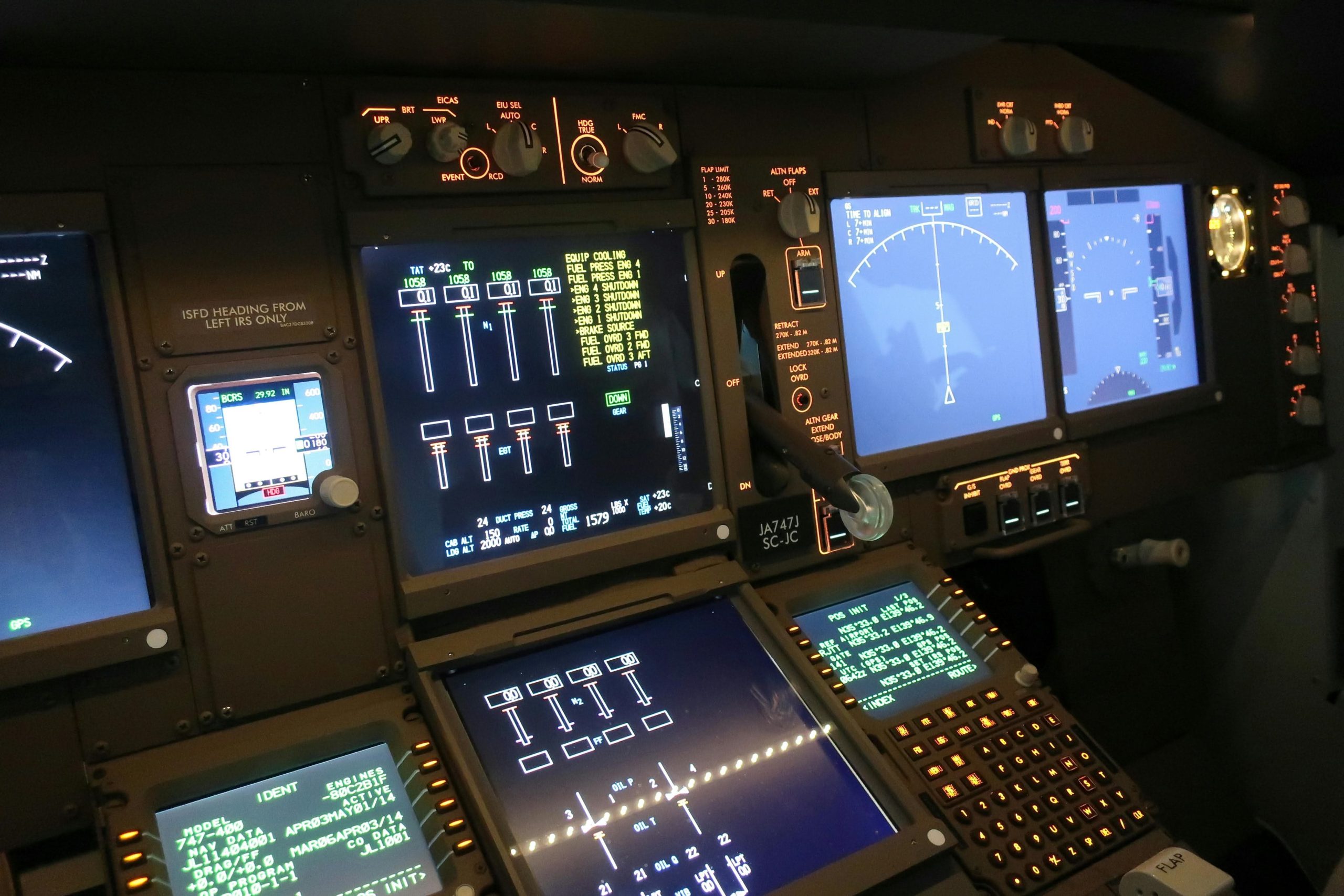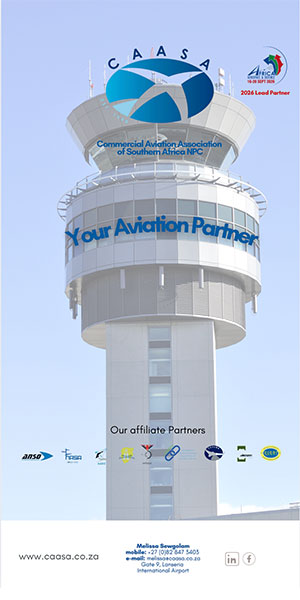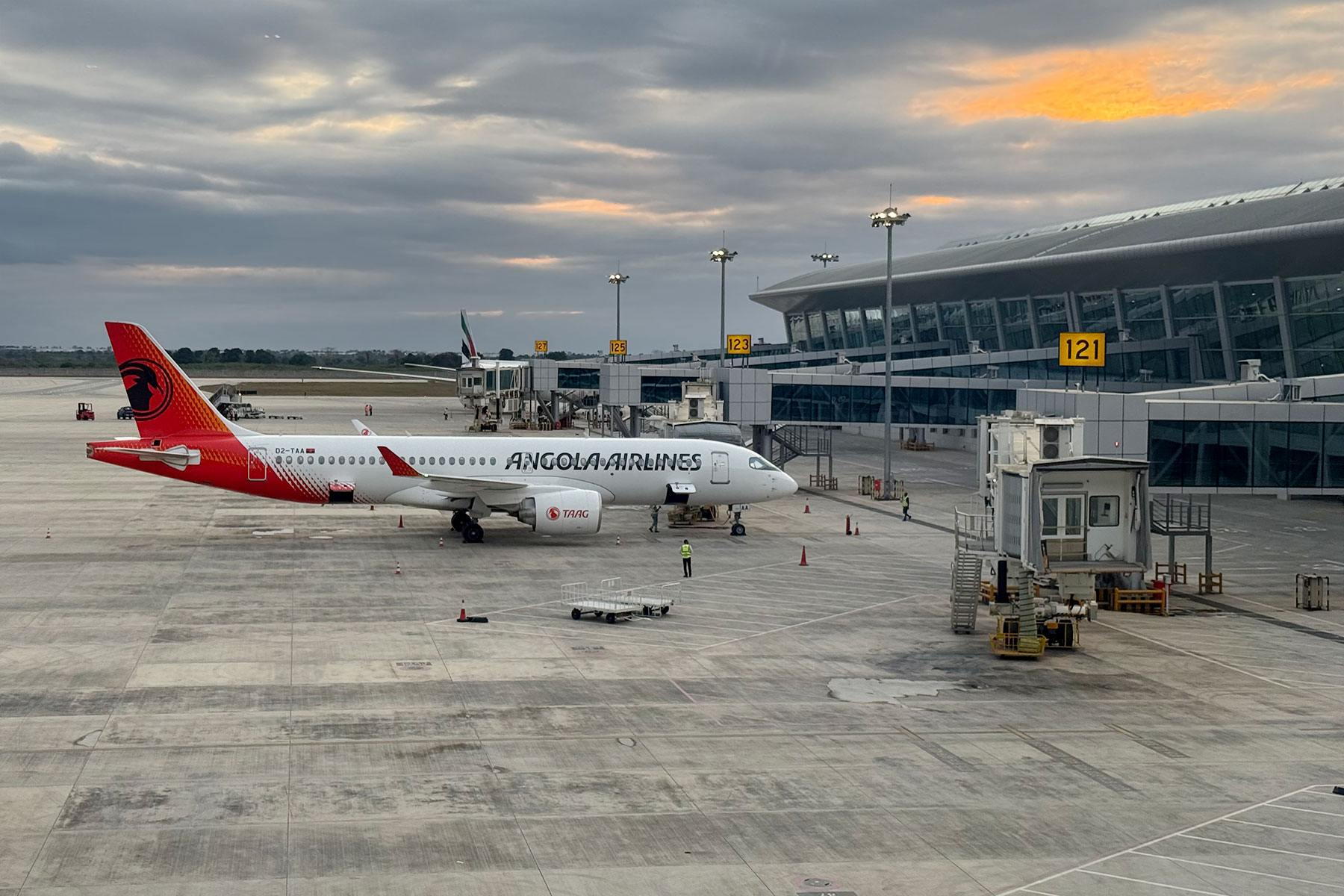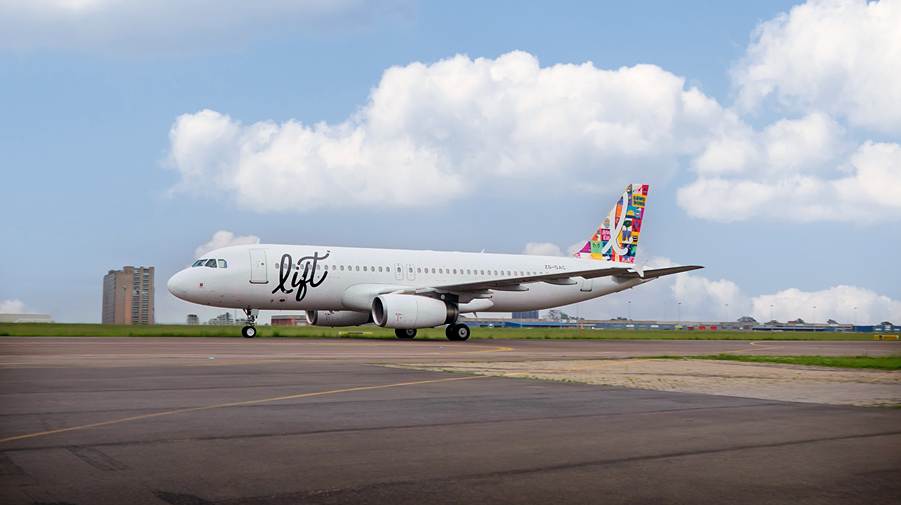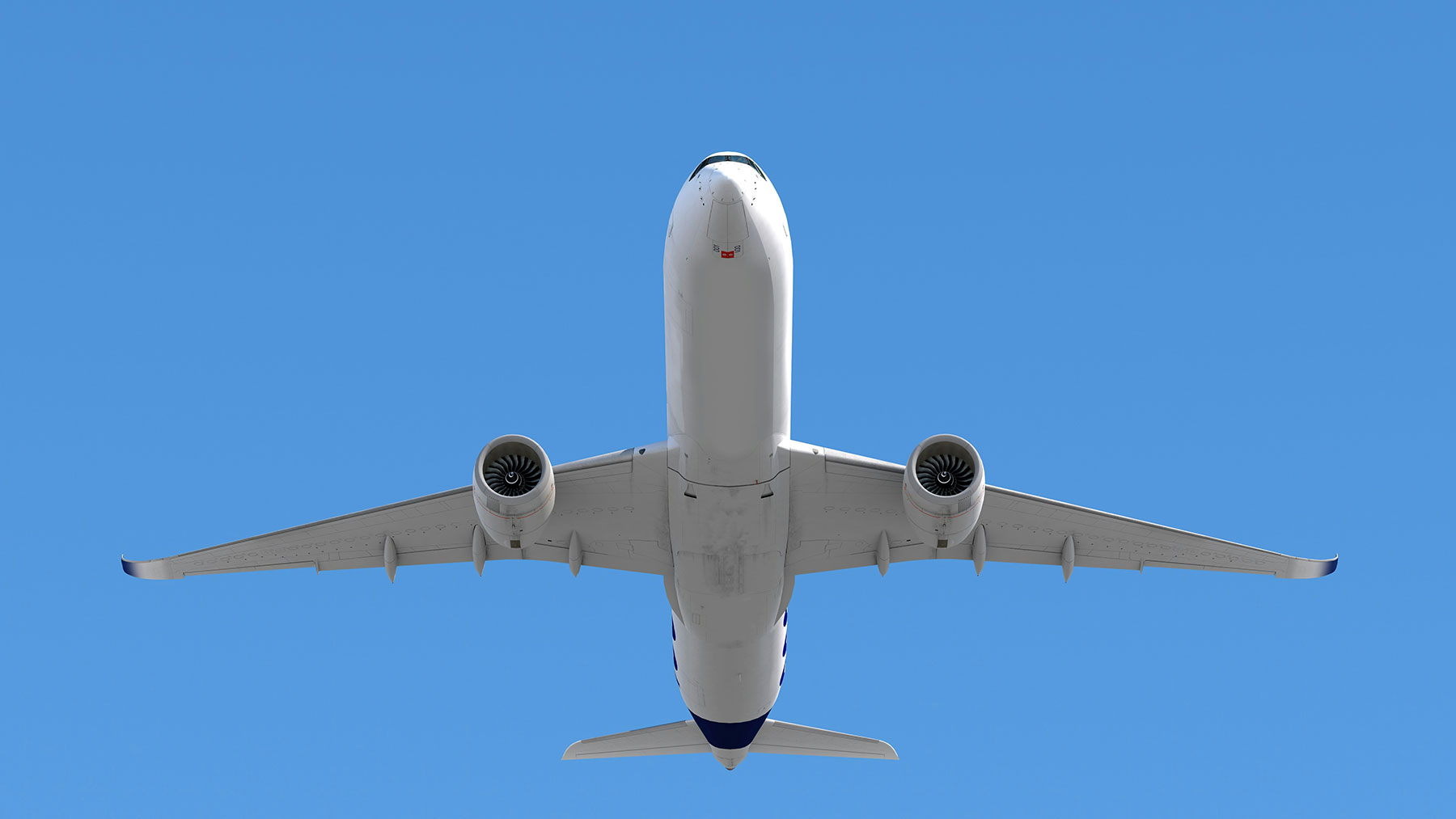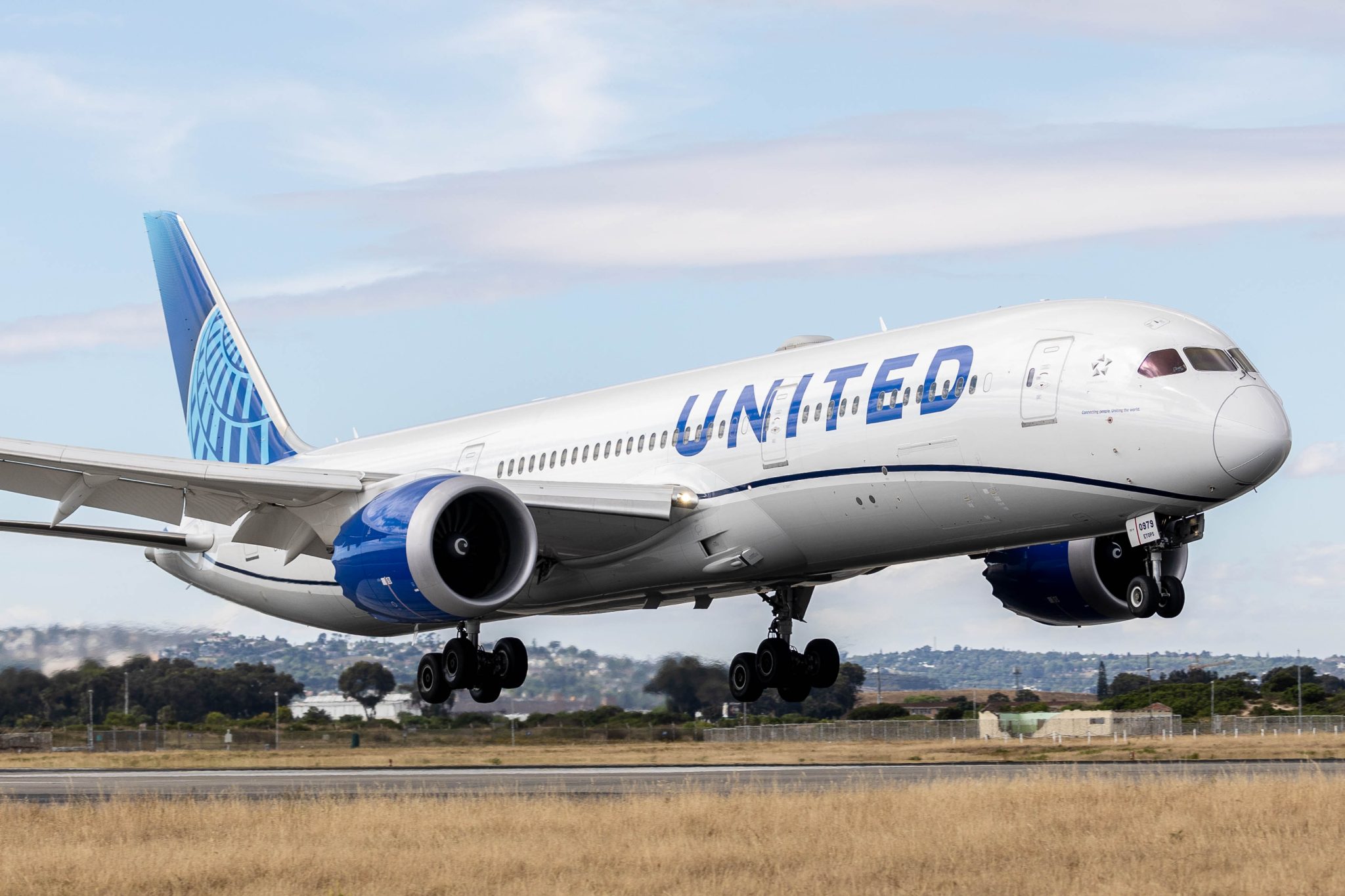Cybercriminals are nothing if not persistent. As they become increasingly savvy, industries worldwide are being forced to bolster their digital defences, and few sectors face as complex and high-stakes as aviation. This is an industry that has long been synonymous with physical safety and operational precision, and now, the threat landscape is expanding. Aviation now finds itself on the front lines of a different battle; one fought across networks, software systems, and digital infrastructure.
With cyberattacks on the rise globally and the aviation industry facing unprecedented waves of breaches across its public and private sectors, the industry is looking to tighten their cybersecurity belts. We unpacked the overall landscape of cyberthreats, how they have impacted the African landscape, and the future of tackling online criminals.
The Expanding Threat Landscape
Today’s aircraft are no longer isolated vehicles in the sky. They are highly connected ecosystems, integrating satellite communications, real-time weather and flight data, and predictive maintenance systems. From passengers streaming videos mid-flight to pilots receiving updated route data, connectivity has transformed aviation; but it’s also created opportunities for malicious threats.
Between 2022 and 2023, cyberattacks in the aviation industry increased by a staggering 131%. According to Eurocontrol’s 2024 Cybersecurity Report, airspace users bore the brunt of these attacks, highlighting the vulnerability of operational systems and data exchanges throughout the aviation value chain. The primary motives remain financial, but the methods are diverse: phishing, ransomware, malware, fraudulent websites, DDoS attacks, and hacking.
The cost? Billions of dollars globally; not only in terms of direct financial loss, but also due to reputational damage, regulatory fines, and legal liabilities. In an industry where timing, safety, and customer confidence are paramount, even a temporary disruption can be devastating.
A Global Response to Cyber Threats
In response to these escalating threats, government regulators and industry bodies have intensified their cybersecurity efforts.
In the United States, for example, agencies such as the Department of Defence, Homeland Security, and Transportation have all launched aviation-specific cybersecurity initiatives. The Federal Aviation Administration (FAA) mandates that airlines establish and maintain robust cybersecurity programmes, and the European Union Aviation Safety Agency (EASA) has developed a comprehensive cybersecurity roadmap aimed at mitigating threats to air traffic management and operator networks.
Industry organisations like IATA, the Aerospace Industries Association, and the Aviation Information Sharing and Analysis Centre (AISAC) are also playing key roles. They advocate for increased collaboration, information sharing, and the development of international standards to better manage shared risks across borders.
Companies like Honeywell are also joining the fray. They are integrating end-to-end cybersecurity into their aerospace systems, drawing on experience in mission-critical industrial technology. Honeywell was instrumental in developing “DO-356- Airworthiness Security Methods and Considerations”, a standard aimed at ensuring avionics systems meet strict cybersecurity requirements before certification.
South Africa in the Crosshairs
Nowhere is the urgency of these efforts more apparent than in South Africa. Over the past two years, the country has faced a surge of cyberattacks targeting its critical infrastructure, state-owned enterprises, and key sectors; including aviation.
In May 2025, South African Airways (SAA) confirmed a cyberattack that temporarily disrupted its website, mobile app, and several internal operational systems. Although the incident was contained and did not affect core flight operations, it showed just how vulnerable the company (and others) are to attacks. The airline reported the attack to the State Security Agency, the South African Police Service, and the Information Regulator, and is investigating the potential theft of sensitive customer data.
This event follows a string of alarming breaches across the country. In 2023, a ransomware group leaked personal data, including the president’s phone number, after infiltrating the Department of Defence. Subsequent attacks targeted a state-owned bank, a major energy utility, the government pension fund, the national laboratory service, and even the national weather service.
In April 2025, South Africa passed new legislation requiring all organisations to report cyber incidents to the Information Regulator. The goal is to enhance transparency and build a national threat intelligence capability. This measure, while overdue, is an important step towards a more resilient cybersecurity framework.
Cyber Security is on the Same Level as Flight Safety
IATA has called for increased collaboration within the civil aviation sector, recognising that cyber risks do not respect borders. Aircraft, passengers, and data cross jurisdictions daily, meaning a cyberattack in one region can quickly ripple across continents.
The organisation is working on a new set of cybersecurity requirements for operators, while the EU is preparing a framework for aviation risk management, set to take effect in 2026. These initiatives reflect a growing consensus: the aviation sector must treat cybersecurity with the same level of seriousness as flight safety.
Partnerships between governments, manufacturers, operators, and cybersecurity experts are crucial. Threat intelligence sharing, harmonised regulations, and joint incident response protocols will help ensure the aviation industry is not left flying blind when the next cyber incident strikes.
A Call to Action
Cybersecurity in aviation is more than a technical issue, it’s a strategic imperative. With the continued expansion of digital systems, the sector must adopt a proactive, layered defence approach. This includes integrating cybersecurity into Safety Management Systems (SMS), conducting regular risk assessments, training staff, and preparing for regulatory scrutiny.
